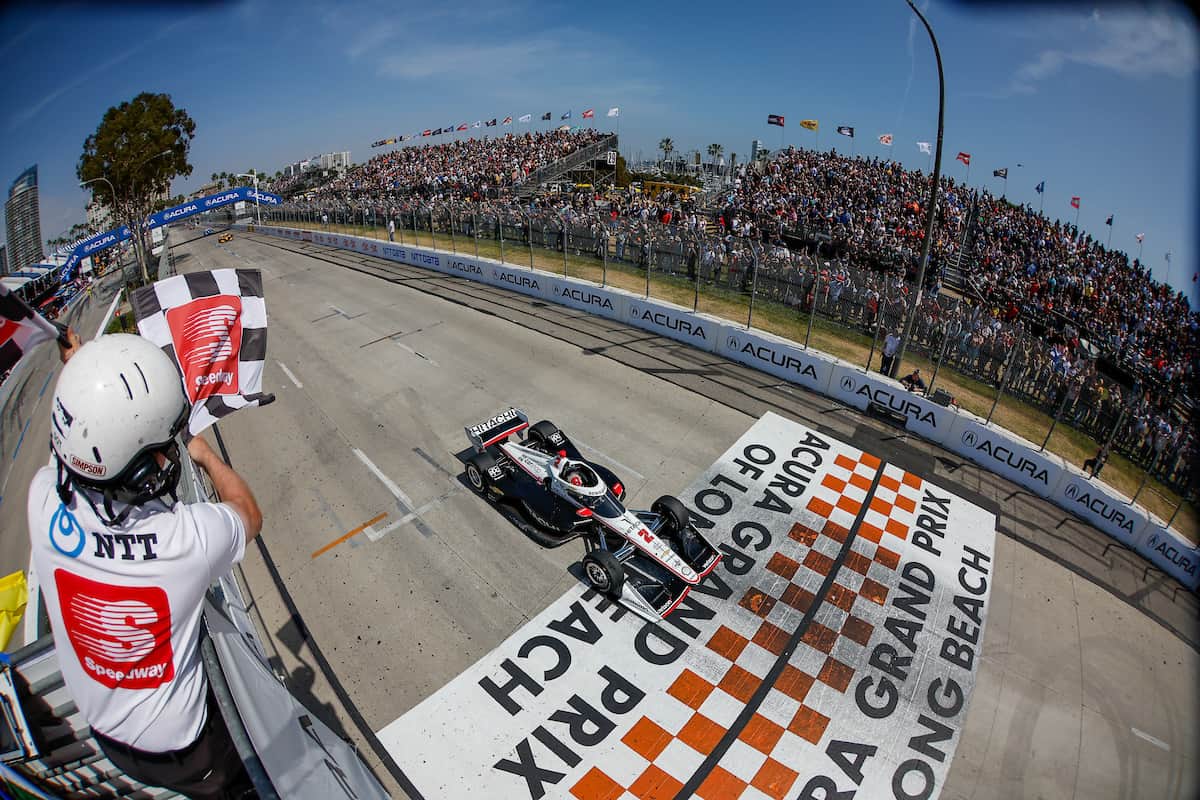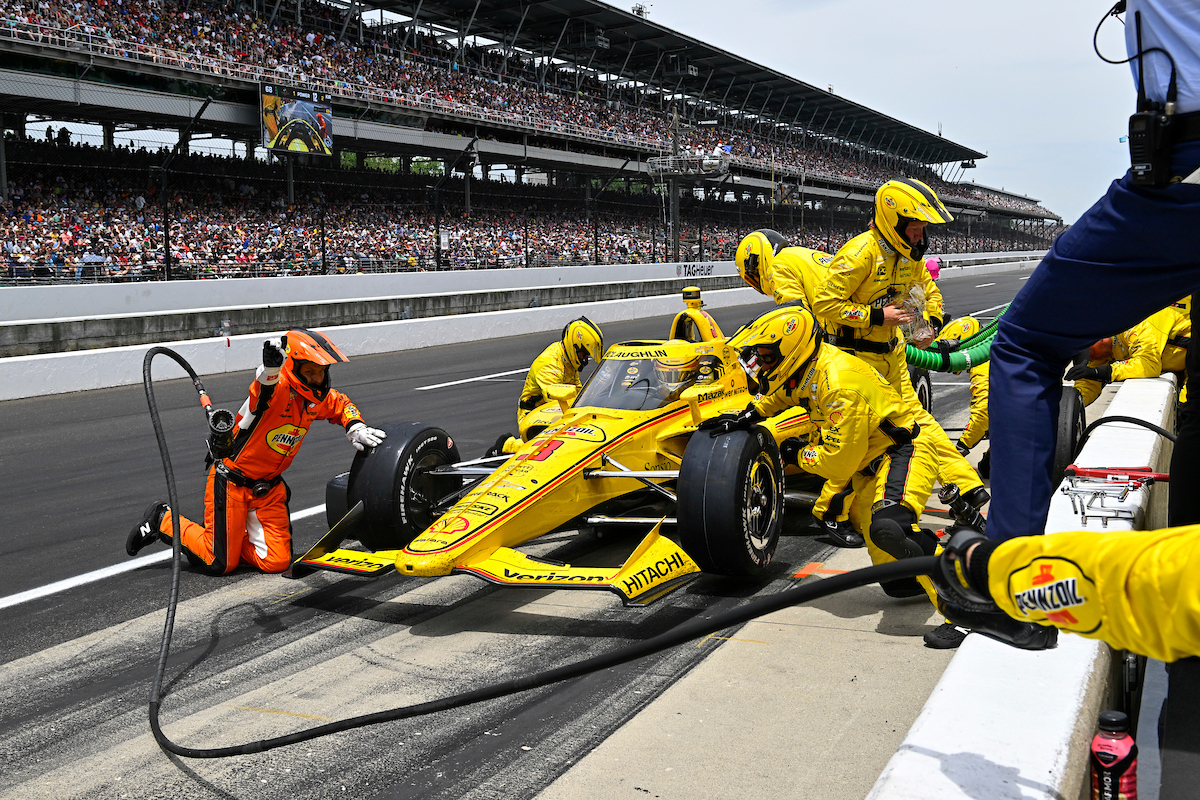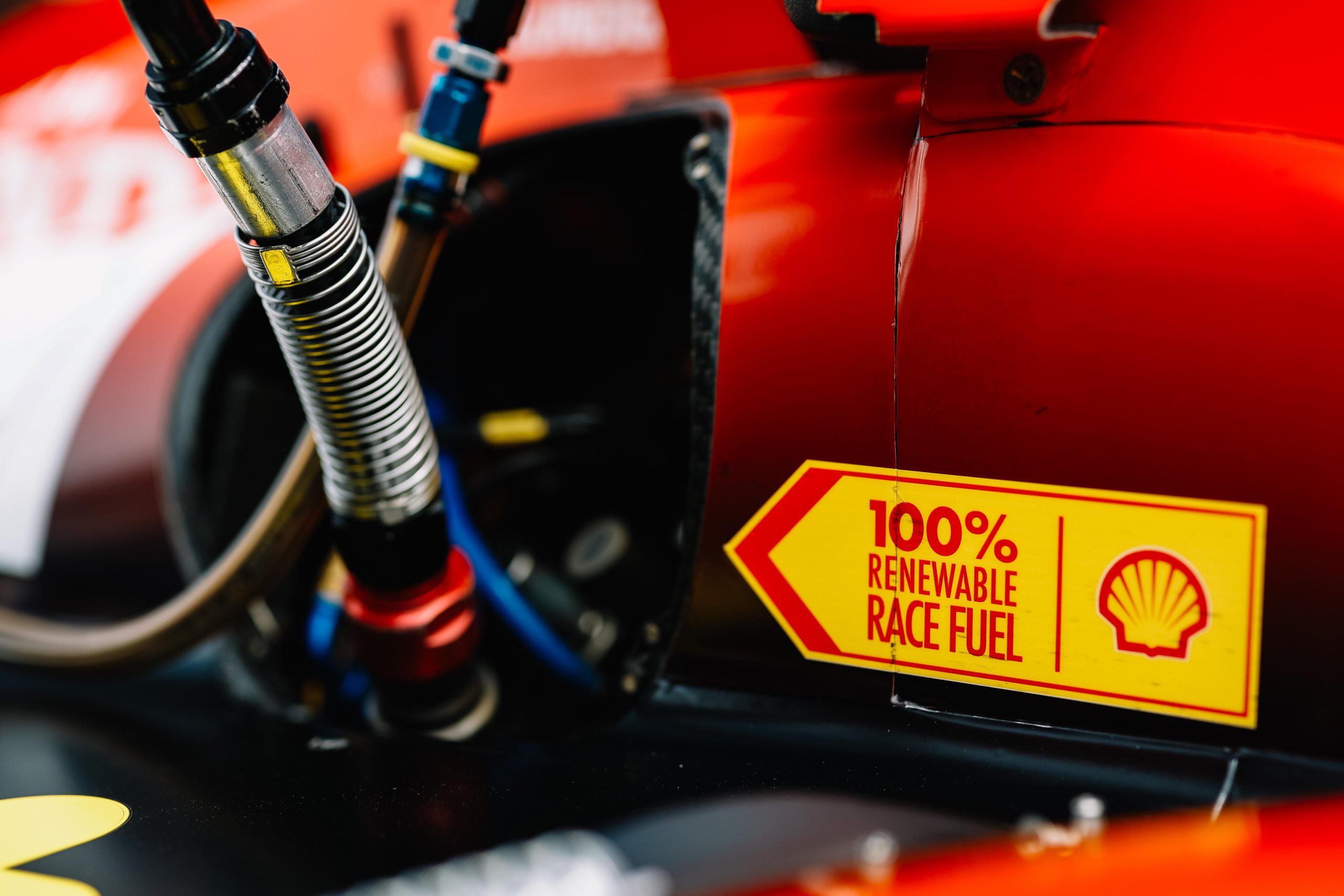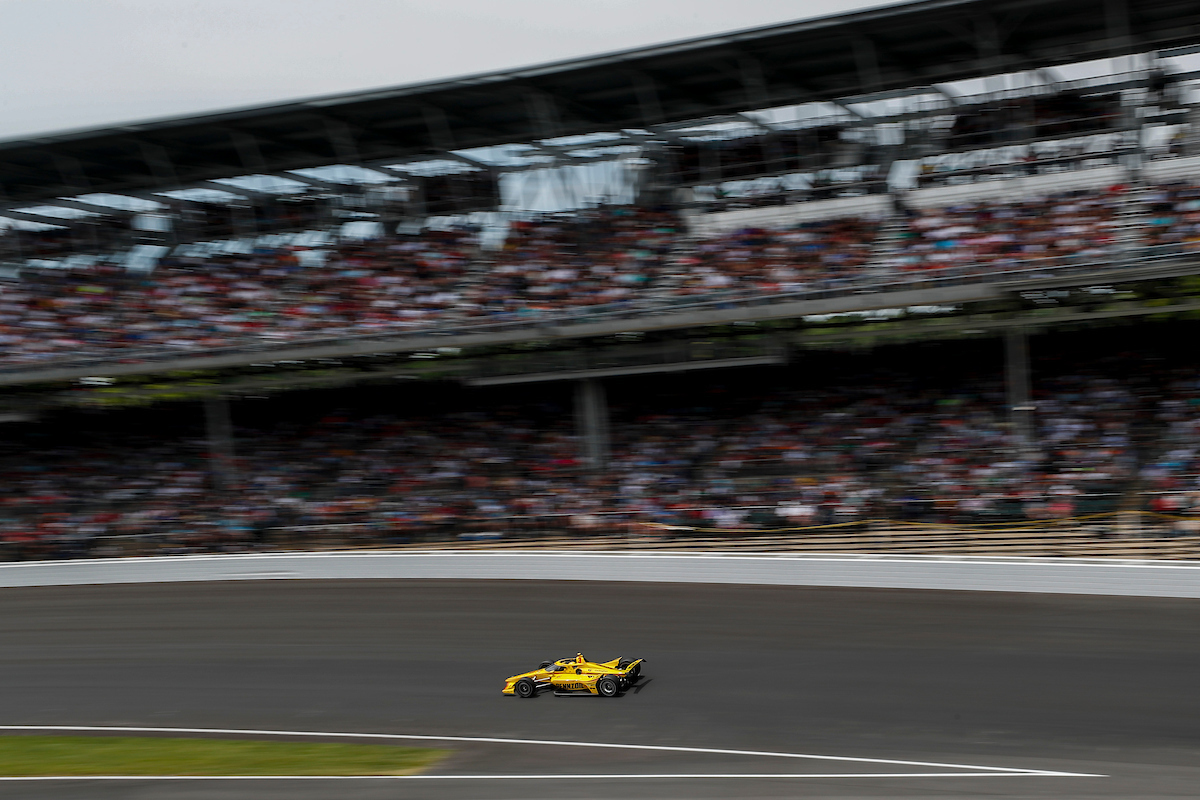Under the Hood: How IndyCar Engines Are Built


Ever thought about the engines in Indy race cars? The IndyCar engine assembly process is a mix of excellent engineering and modern manufacturing. It starts with construction and design, going through the details of technology and components. Every part of the process is key to making these engines work like a dream on the track. Let’s see how these cool engines are actually made.
In IndyCar racing, the engine is everything. It drives the car, allowing drivers to go super fast. The IndyCar engine manufacturing process is very careful. It makes sure each piece of the engine is just right.
The IndyCar engine production techniques keep getting better with new tech and materials. Things we use every day, like rear-view mirrors, started in Indy racing. Big companies, like Honda and General Motors, use what they learn in Indy racing to make cars we can buy. They developed cool stuff like variable valve timing and turbochargers from their work in IndyCar.
If you love racing or you’re just interested in how powerful engines are made, this is for you. We will show you how IndyCar engines are designed. We will talk about what they are made of. And we will see the cool ways they are put together.
Table of Contents
A Legacy of Technological Advancement
| Innovations in Indy Racing | Impact on Everyday Vehicles |
|---|---|
| Rear-view mirror and streamlining introduced in the 1911 Indy race | Now standard features in our everyday vehicles |
| Variable valve timing, turbochargers, and all-wheel drive | Key innovations transferred to passenger cars |
| Honda and General Motors leading the development of cutting-edge engine technologies | Engine technologies from IndyCar racing applied to production vehicles |
Indy racing drives forward the technology of our cars. Since 1911, IndyCar has introduced tech that we see in our cars every day. For instance, they brought us the rear-view mirror and improved car shape in that year’s race. Now, these are must-haves in our vehicles.
IndyCar racing leads in making engines better and more powerful. They’ve introduced things like variable valve timing, turbochargers, and all-wheel drive. These started in race cars but help make our cars faster and more fuel efficient today.
Honda and General Motors excel in applying race car tech to mainstream cars. They take what they learn in racing to build advanced engines for their road cars. Thanks to this, cars perform better than ever before.
The Impact on Everyday Vehicles
Indy racing has significantly influenced how our cars perform and drive. The tech grown in IndyCar cars doesn’t just stay there. It finds its way into cars we use every day, making them better.
From engines to the way cars handle, everything improves because of IndyCar. Their work has even made our cars safer and more comfortable. This means a better driving experience for all of us.
Indy racing’s tech legacy proves its huge role in the car world. As IndyCar keeps on making leaps in tech, we’ll see even more changes in the cars we drive. Exciting times lie ahead in the car industry, all thanks to IndyCar.
Honda’s Engine Successes in IndyCar
Honda is a top player in IndyCar with state-of-the-art engine technology. They constantly improve and innovate their engines. This makes Honda a driving force in motorsports, giving teams top-notch performance.
Honda’s engines lead the way in IndyCar, especially with tech like variable valve timing. This feature adjusts the valve timing based on engine conditions, boosting power and efficiency. It’s a big reason why IndyCar cars with Honda engines perform so well.
As the only engine provider for the prestigious Indy 500 from 2006 to 2011, Honda showed remarkable reliability. Every car in the race used a Honda engine, and there were zero engine issues. This shows how trustworthy and long-lasting Honda engines are under pressure.
Success in IndyCar not only boosts Honda’s motorsport reputation but also improves their road cars. Insights from racing help create powerful and eco-friendly engines for all Honda vehicles. This move benefits drivers everywhere with better performance and mileage.
Honda’s dedication to advancing engine technology has made them a key name in IndyCar and beyond. They strive for excellence in performance and durability. This effort shines in both their racing cars and the cars everyone drives, making Honda a strong force in the auto industry.
Development of Chevrolet Engines for IndyCar
Chevrolet made a big comeback in IndyCar with their powerful 2.2-liter V-6 engine. Since 2012, this engine has shown top performance, winning many races. This shows Chevrolet’s dedication to high-tech engines for both racing and cars you see on the roads.
Chevrolet aimed to make engines that are winners both on the track and in everyday cars. They used what they learned in racing to create powerful, yet efficient technology. This makes driving more exciting for everyone.
The Chevy V-6 engine in IndyCar proves racing is a great place to test new engine technology. IndyCar’s tough challenges help companies like Chevrolet improve their designs. This lets them offer better power and efficiency in their engines.
This picture highlights how well Chevrolet engines do in IndyCar racing. With their advanced technology, Chevrolet engines provide the speed and dependability needed to win in this challenging sport.
The Anatomy of an IndyCar Engine
IndyCar engines are made very carefully to provide top power and performance on the track. They have many parts working smoothly together. This is so the car can go as fast and as efficiently as possible.
IndyCar engines rev up to 12,000 times per minute thanks to their design. Because of this, they create a lot of power. This sends the race car surging forward with a lot of strength.
The main part of an IndyCar engine is its direct injection system. This modern tech makes sure that fuel goes into the engine exactly when needed. By doing this, the engine works better and uses the fuel well. It can get fuel at very high pressures to make a lot of power.
Twin turbochargers also help these engines a lot. These parts increase the engine’s power by pushing more air into it. With the twin turbochargers, IndyCars can speed up quickly and keep going fast on the track.
Building IndyCar engines is all about paying close attention to every detail. They use the latest ways to make these parts. They use materials like aluminum and carbon fiber that are light but strong. Everything is made so precisely that it works very efficiently and doesn’t break down easily.
IndyCar engines show the best in engineering and new tech. Their design, with high revs, direct injection, and turbochargers, is key for the sport’s high performance. As IndyCar keeps making better engines, we’ll see more new designs. This will affect the car world a lot in the future.
Advancements in Racing Technologies
IndyCar racing has really moved car tech forward. A lot of the things we see in cars every day started in IndyCar. Think about aerodynamics and engine tech.
The Impact of IndyCar on Automotive Industry
IndyCar has changed how cars are shaped and built. The Marmon Wasp, which won the first Indy 500 in 1911, showed how a sleek car design could win. Now, cars are designed to be more aerodynamic to use less fuel and go faster.
IndyCar also helped make engines better. Cars with Cummins engines showed what diesel could do. They also introduced front-wheel drive and all-wheel drive, things we now see in regular cars.
Racing Technologies Derived from IndyCar
The advancements in IndyCar don’t just stay in racing. Brands like Honda and Chevrolet take what they learn to make better engines for everyday cars. They’ve added things like variable valve timing and turbocharging to improve power and efficiency.
The Future of Racing Technologies
IndyCar will keep improving, bringing better tech to our cars. What they learn about aerodynamics and engines will help build cars we use. It’s all about making cars safer, more efficient, and faster for us.
Conclusion
IndyCar racing has changed how cars are made by inspiring new technology and ideas. Since it started, IndyCar has brought in new advancements. These have influenced the cars we see on the roads today.
The sport has led the way in automotive technology. It started with simple things like the rear-view mirror. Now we see more complex tech like turbochargers and variable valve timing. These changes have not just worked on the track but are also in our cars.
Thanks to companies like Honda and Chevrolet, IndyCar has shown what racing can do. It’s proven to be a great place for making new engine tech. As time goes on, we’ll see even more growth in IndyCar technology. And these changes will keep moving into the cars we buy.










